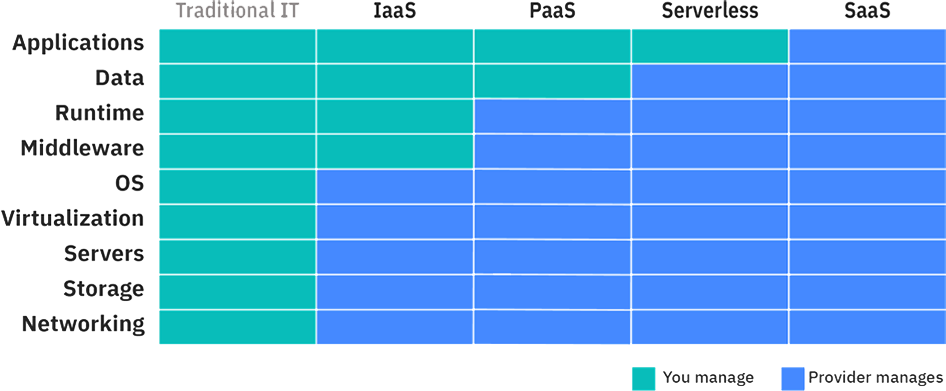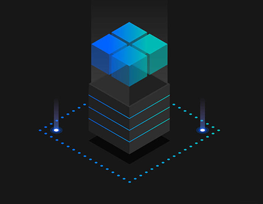Cloud migration
Solutions
Cloud computing turns IT infrastructure into a utility: it allows you to connect to the infrastructure via the Internet and use resources without installing and maintaining them locally

What is Cloud Computing?
 Cloud Computing is access on demand, via the Internet, to computing resources:
Cloud Computing is access on demand, via the Internet, to computing resources:
- applications,
- servers (physical servers and virtual servers),
- data storage,
- development tools,
- networking capabilities and more,
The CSP makes these resources available for a monthly subscription fee or bills them based on usage.
Compared to traditional IT on-premise, cloud computing helps reduce IT costs and has simpler and cheaper scalability.
The term Cloud Computing also refers to the technology that makes the cloud work. This includes some form of virtualized IT infrastructure so that it can be grouped and divided regardless of the boundaries of the physical hardware. For example, a single hardware server can be split into multiple virtual servers.
Virtualization allows cloud service providers to make the most of their data center resources. Unsurprisingly, many companies have adopted the cloud deployment model for their on-premises infrastructure so that they can realize the maximum utilization and cost savings over traditional IT infrastructure and offer the same self-service and agility to their end users.
Applications
- Switching from Capex to Opex
- Develop Cloud Native Applications
- Manage the transition progressively with hybrid platforms
Cloud Computing Services
Who manages the Cloud Computing services?
IaaS (Infrastructure-as-a-Service)
IaaS provides on-demand access to critical physical and virtual computing resources over the Internet on a pay-as-you-go basis.IaaS allows end users to scale and reduce resources as needed, reducing the need for high upfront capital expenditures or unnecessary local or "owned" infrastructure and excessive purchases to meet periodic usage peaks.
PaaS (Platform-as-a-Service)
PaaS provides software developers with an on-demand platform (hardware, complete software stack, infrastructure, and even development tools) to run, develop, and manage applications without the cost, complexity, and rigidity of on-premises platform maintenance.Red Hat OpenShift is the most complete platform for managing applications built on modern tools such as Docker and Kubernetes and contains all the DevOps, monitoring and logging tools.
SaaS (Software-as-a-Service)
SaaS is cloud-hosted application software that you access and use via a web browser, a dedicated desktop client or an API that integrates with your desktop or mobile operating systemUsage examples can be a ticketing system or a CRM.
 Cloud-based Development
Cloud-based Development
 IBM Offering
IBM Offering
 Cloud Pak IBM
Cloud Pak IBM